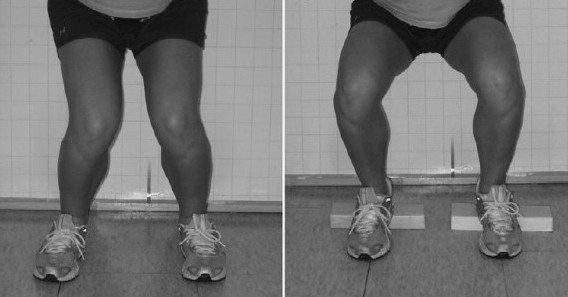Is it just us or does it seem like after a year off from organised sport, injuries are hitting us harder than ever?
At Glenferrie Sports and Spinal, we are seeing a number of sore knees come through our doors- everything from a grumbly meniscus to the overworked patellar tendon. However, arguably one of the most disheartening injuries for an athlete of any level is an ACL tear, which can result in significant time out of play, and carries serious physical and psychological implications.
We believe that the best way to manage an ACL injury is to prevent it from happening in the first place. For this reason, we will shed some light on individual factors that we can address in order to mitigate this risk.
In very broad terms, we will discuss 3 main risk factors that may predispose someone to an ACL injury:
- The sport they play
- Their gender ( I know girls, we’ve got the short end of the stick on this one)
- Their movement patterns (aka biomechanics)
Sport:
Sports are inherently risky, however ones such as soccer, football, basketball, and skiing (among others) that involve lots of cutting, pivoting, or landing on one leg expose us to more opportunities for ACL injury.
Gender:
The rate of ACL injury is about 4-6 times greater in female athletes when compared with males who participate in the same sport. This is in part due to the normal biological changes that happen during puberty, but also due to the fact that gals move differently to guys.
Biomechanics
There are optimal and suboptimal ways to jump, land, and change directions. The way in which we recruit our muscles during fast, powerful movements, and the amount of control we have in our movement patterns can determine how much stress we put on our ligaments- namely the ACL!


So where do we go from here?
Given that we can’t change our gender and we don’t want to stop playing the sports we love, the best area to focus on for injury prevention is our biomechanics.
Pre-screening athletes to identify faulty movement patterns can give us a leg up in preventing an ACL injury even before stepping onto the pitch. Supplemented by consistent adherence to a structured, individualised strength and conditioning program, our injury risk goes down by anywhere from 30-80%!
Who better to help with this than your Physiotherapist!
In the next part of this series – “To surgery or not to surgery?”, we will be discussing operative versus non-operative management of ACL tears. In the meantime, feel free to get in touch with any questions!
Read Part 2 of the ACL Mini Series – to surgery or not to surgery?














